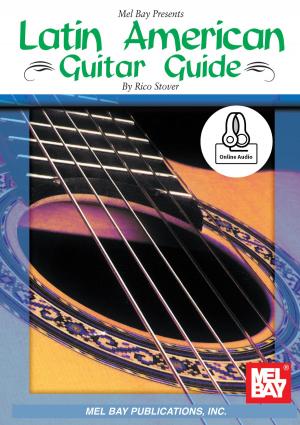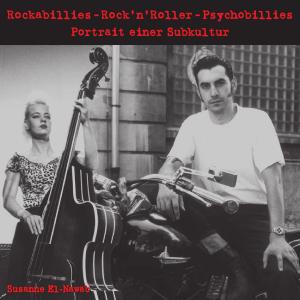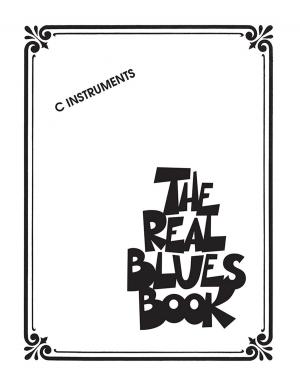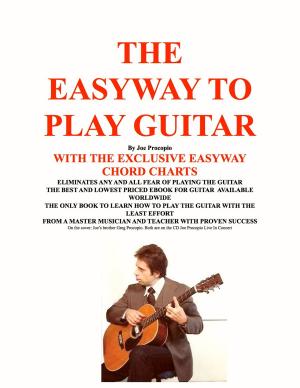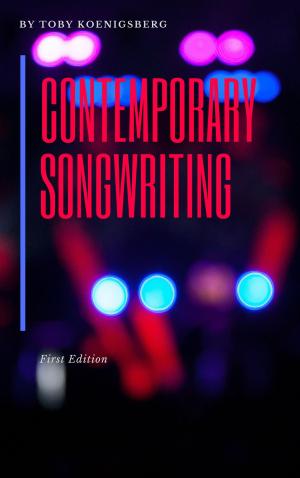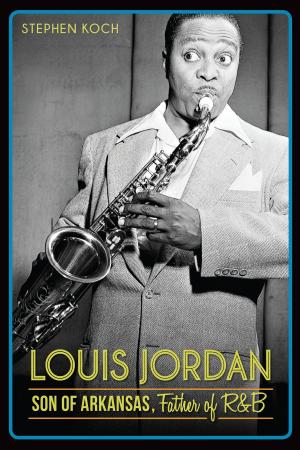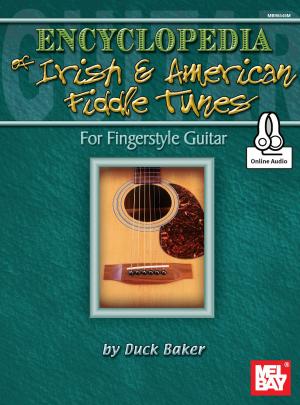| Author: | Clint McLaughlin | ISBN: | 9781452435367 |
| Publisher: | Clint McLaughlin | Publication: | July 27, 2012 |
| Imprint: | Smashwords Edition | Language: | English |
| Author: | Clint McLaughlin |
| ISBN: | 9781452435367 |
| Publisher: | Clint McLaughlin |
| Publication: | July 27, 2012 |
| Imprint: | Smashwords Edition |
| Language: | English |
At the end of the book are links to 30 minutes of video of Andrea Tofanelli, Keith Fiala and me teaching this idea.
All notes are not created equally:
Many people think that every note on the trumpet responds the same way to an increase in arch, or compression, or breath support, or even facial tension. That isn't what really happens.
Generally when we cross over an open note we have to change something MORE.
Low D to low E to F, I am picking up fingers and making the horn shorter. I don't need much change to play the pitches on pitch. Going G to A, I am making the horn longer by using valves. I need MORE change (arch, compression, whatever) than I needed to change from e to f. Low C to D, G to A, 3rd space C to D, E to F, G to A: Each of these spots needs extra help to change notes.
There comes a point for everyone where you HAVE to make lip to lip compression to keep going higher. This can happen anywhere from A above the staff to F above High C but it is going to happen and you have to add a different tool.
Sadly many people use their lip compression too low and they even use facial tension in the middle register and so they have NOTHING left to use. Think of these tools like a light switch. Once you push it then the light is on. Pushing it harder isn't going to turn the light on more. Once you get to the end of arch or compression, or tension; trying to add more isn't going to do anything.
I sometimes hear people say that they tried tongue arch and it doesn’t help them.
Tongue arch is very dependent on how you tongue. Anchor tonguing combined with arch means that as we arch higher we tongue farther back on the tongue. This pulls the throat more and more open; it creates a big oral cavity and does something else too. This action creates a channel for the air to follow the groove of the tongue and focuses the air toward the center of the vibration. It literally feeds air to a smaller amount of lip tissue and helps to play higher.
At the end of the book are links to 30 minutes of video of Andrea Tofanelli, Keith Fiala and me teaching this idea.
All notes are not created equally:
Many people think that every note on the trumpet responds the same way to an increase in arch, or compression, or breath support, or even facial tension. That isn't what really happens.
Generally when we cross over an open note we have to change something MORE.
Low D to low E to F, I am picking up fingers and making the horn shorter. I don't need much change to play the pitches on pitch. Going G to A, I am making the horn longer by using valves. I need MORE change (arch, compression, whatever) than I needed to change from e to f. Low C to D, G to A, 3rd space C to D, E to F, G to A: Each of these spots needs extra help to change notes.
There comes a point for everyone where you HAVE to make lip to lip compression to keep going higher. This can happen anywhere from A above the staff to F above High C but it is going to happen and you have to add a different tool.
Sadly many people use their lip compression too low and they even use facial tension in the middle register and so they have NOTHING left to use. Think of these tools like a light switch. Once you push it then the light is on. Pushing it harder isn't going to turn the light on more. Once you get to the end of arch or compression, or tension; trying to add more isn't going to do anything.
I sometimes hear people say that they tried tongue arch and it doesn’t help them.
Tongue arch is very dependent on how you tongue. Anchor tonguing combined with arch means that as we arch higher we tongue farther back on the tongue. This pulls the throat more and more open; it creates a big oral cavity and does something else too. This action creates a channel for the air to follow the groove of the tongue and focuses the air toward the center of the vibration. It literally feeds air to a smaller amount of lip tissue and helps to play higher.

